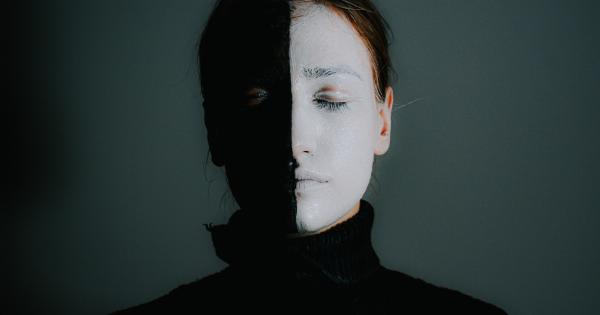Have you ever wondered why certain colors instantly make you feel relaxed, while others make your heart race with excitement? It turns out that the psychology of color plays a much bigger role in our lives than we may think, influencing everything from the way we feel to the decisions we make. In particular, language colors – that is, the colors we assign to different words or phrases – can have a profound impact on our health and wellbeing.
The Science of Color Psychology
Color psychology is the study of how different hues affect our moods, emotions, and behavior.
While it’s often dismissed as a pseudoscience, there is a growing body of evidence to suggest that color can have a powerful impact on both our mental and physical health.
For example, studies have shown that blue – a cool and calming color – can lower heart rate, reduce blood pressure, and even ease feelings of anxiety.
On the other hand, red – a bold and energetic color – can raise heart rate, increase blood pressure, and trigger feelings of excitement or aggression.
Language Color: What is it?
Language color refers to the way we unconsciously associate certain colors with certain words or phrases. For example, most people would agree that “love” is a red word, while “peace” is a blue or green word.
Similarly, we often associate “anger” with red, “sadness” with blue, and “happiness” with yellow.
While these associations may seem arbitrary, they actually have a deep cultural and psychological basis.
For example, the color red is often associated with danger, violence, and passion because those are all things that can trigger the physiological response known as the “fight or flight” response. Likewise, blue is often associated with calmness, serenity, and introspection because those are all things that encourage relaxation and reflection.
The Impact of Language Color on Our Health
So what does all of this have to do with our health? Well, researchers have found that the language colors we use can have a powerful effect on our mental and physical wellbeing. For example:.
Language Color and Stress
One study found that people who associated stress with red were more likely to experience physical symptoms of stress, such as headaches, nausea, and muscle tension.
In contrast, people who associated stress with blue or green were less likely to experience these symptoms, suggesting that their perception of stress was less overwhelming and more manageable. Similar research has shown that exposure to blue or green can help reduce the levels of stress hormones in our bodies, while exposure to red can increase them.
Language Color and Pain
Another study looked at the impact of language color on pain. Participants were asked to rate the pain they experienced while holding their hand in inflamed water.
Those who were exposed to blue language – such as “feel the coolness” – reported significantly less pain than those who were exposed to red language – such as “feel the burning”. This suggests that our perception of pain is intimately tied to the language color we use to describe it.
Language Color and Sleep
Finally, language color can also impact the quality of our sleep. Research has shown that exposure to blue light – which is present in the natural daylight – can help regulate our circadian rhythms and promote healthy sleep.
On the other hand, exposure to red light – for example, from electronic screens – can disrupt our sleep patterns and lead to poor sleep quality.
Conclusion
While the science of color psychology and language color is still in its infancy, the evidence is clear: the way we think about and describe our emotions, pain, and other sensations can have a profound impact on our mental and physical health.
By becoming aware of the language colors we use and consciously choosing to associate certain hues with positive, calming sensations, we can improve our quality of life and reduce our risk of stress, pain, and other health problems.





























